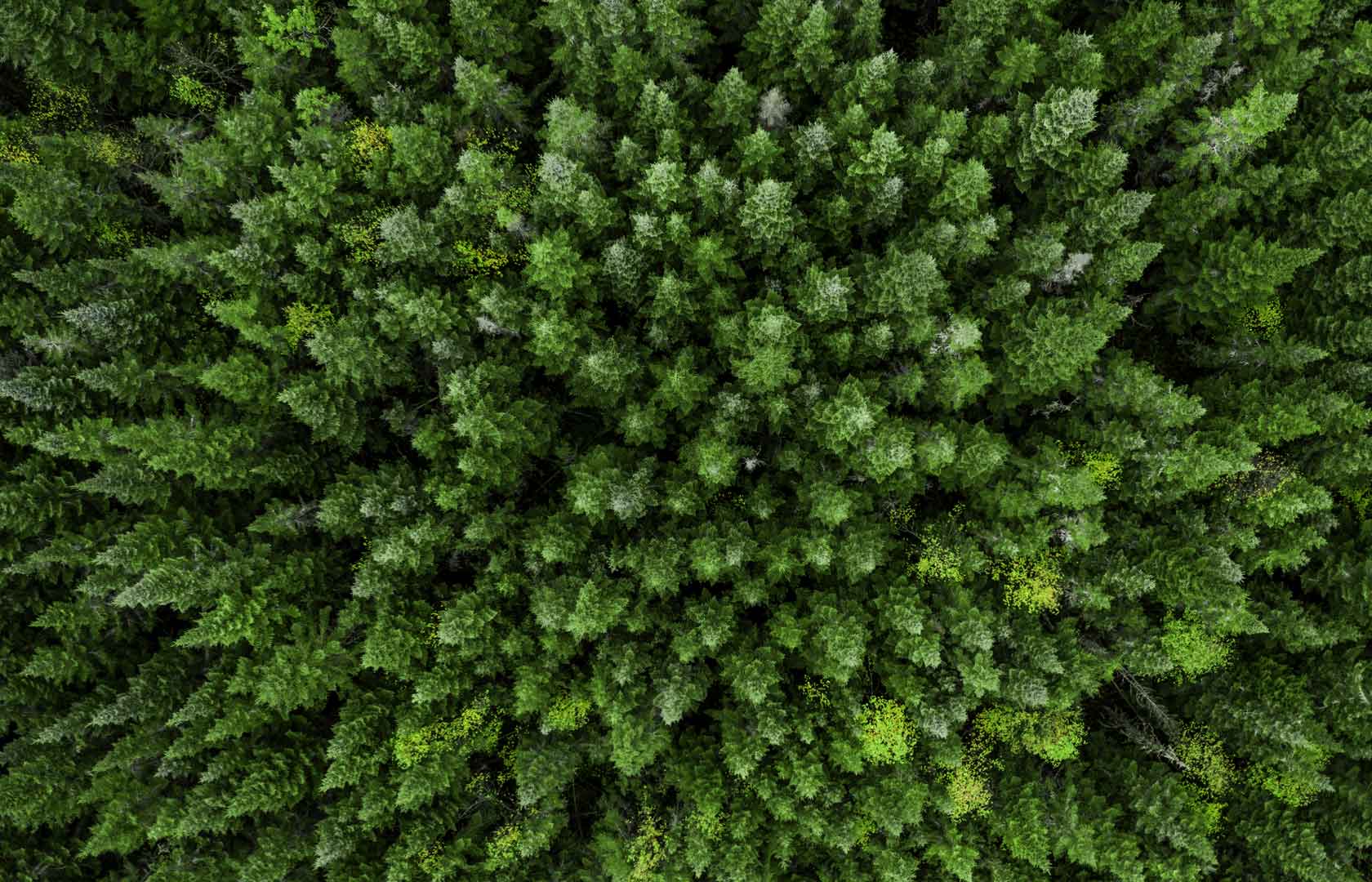Meaning and advantages of forest
Forests enable us to live on this planet. The role of forests in our daily lives is greater than we often understand. Forests convert carbon dioxide into oxygen and are the second largest sequesterer of greenhouse gas and carbon dioxide emissions, second only to our oceans, as oceans sequester more greenhouse gas and carbon dioxide emissions than forests. Forests also prevent soil wear, or erosion. This allows more land to be used for agriculture and food production. On top of all this, forests provide a home for millions of animals and provide a renewable raw material for human use. Read more about the advantages of forest and the importance of forests in our upcoming blog posts:
- Advantages of forest
- Why are forests important?

Sustainable forestry in Finland
The use of forests must be managed on a sustainable basis in order to support the population capacity of the planet. Forests needs to be protected and one way to do this is through sustainable forestry. This means that the stewardship and the uses of forests happens in a way, and at a rate, that maintains its biodiversity, vitality and regeneration capacity. Finland has practiced sustainable forestry systematically for more than a century and a half. In 1868 Finnish forests were in a poor condition due to burning and deforestation. In the fear of disappearance of the Finnish forest, the authorities enacted Finland’s first Forest Act which has since promoted the sustainable management and uses of forest, with excellent results. Thanks to the Forest Act, Finland’s forest coverage and the number of trees in Finnish forests has increased significantly.
Historical uses of forests
Forests cover over 75% of Finland’s surface area. Based on this forest coverage, Finland is the country with most forests in Europe. Historically, the forests have been very important to Finnish people. They have offered protection, nutrition and a possibility for livelihood. Historical evidence shows that the advantages of forest have been various and diverse, and the uses of forest in Finnish history goes back several thousand years. The uses of forests have, prior to 1900, focused on slash-and-burn agriculture, ship building materials, construction and agriculture. After 1900 however, this focus moved as the uses of forests shifted to wood-based pulp and paper production. However, recently there have been completely new innovations in wood processing that differ from those traditional uses of forests. Read more in our upcoming blog post:
What are the uses of forests?
Uses of forests now and in the future
Finland has conducted national forest inventories for over a century, providing us with very detailed and accurate information about the state of Finnish forests. The Forest Act has contributed to Finland’s extremely high-level forestry-related expertise. Kirsi Joensuu, Executive Director of the Finnish Forest Association, states in her blog post Finland is a country with a high level of expertise in forest and wood processing that Finland’s top notch wood processing expertise is nowadays raising a lot of international interest and resulted a significant of amount wood processing innovations based startups in Finland, Woodly being one of them. Here are a few of examples of international interest gained by Woodly:
Wood-based innovations in Finland
The high degree of expertise in wood processing in Finland enables the most innovative uses of wood-based raw materials. We can make wood-based products to replace the use of concrete and fossil raw materials. The use of wood has expanded from the traditional uses to become a raw material in textiles, foods and plastic. In his blog post Finland creates a better future with wood processing innovations, Markus Heinonen, the Marketing Manager of the Forest Finland project, lists Finnish wood processing innovations that are expanding into the international market. Through these innovations, Finland creates a better future, not only for herself but for the whole world.
Read more about in our blog posts soon to be published:
Forests are the life support systems of the planet. Forest conservation means maintaining, protecting and preserving forests. Forest conservation is essential for our ecosystem. Read more in our upcoming blog posts:
- Importance of forest conservation
- Forest conservation – how to protect the “green gold?”
As renewable sources of natural resources, forests offer us raw material for various products and industries. Read more in our upcoming blog post:
Cellulose is a polysaccharide and the main component of the cell wall in plants. It is one of the most common natural materials and in addition to plants, it is evident in bacteria and seaweed. It is a recyclable and renewable raw material that can be used for the paper and package industry as well as in textiles and foods. Read more in our upcoming blog post:
- Uses of cellulose – how is cellulose used in industry?